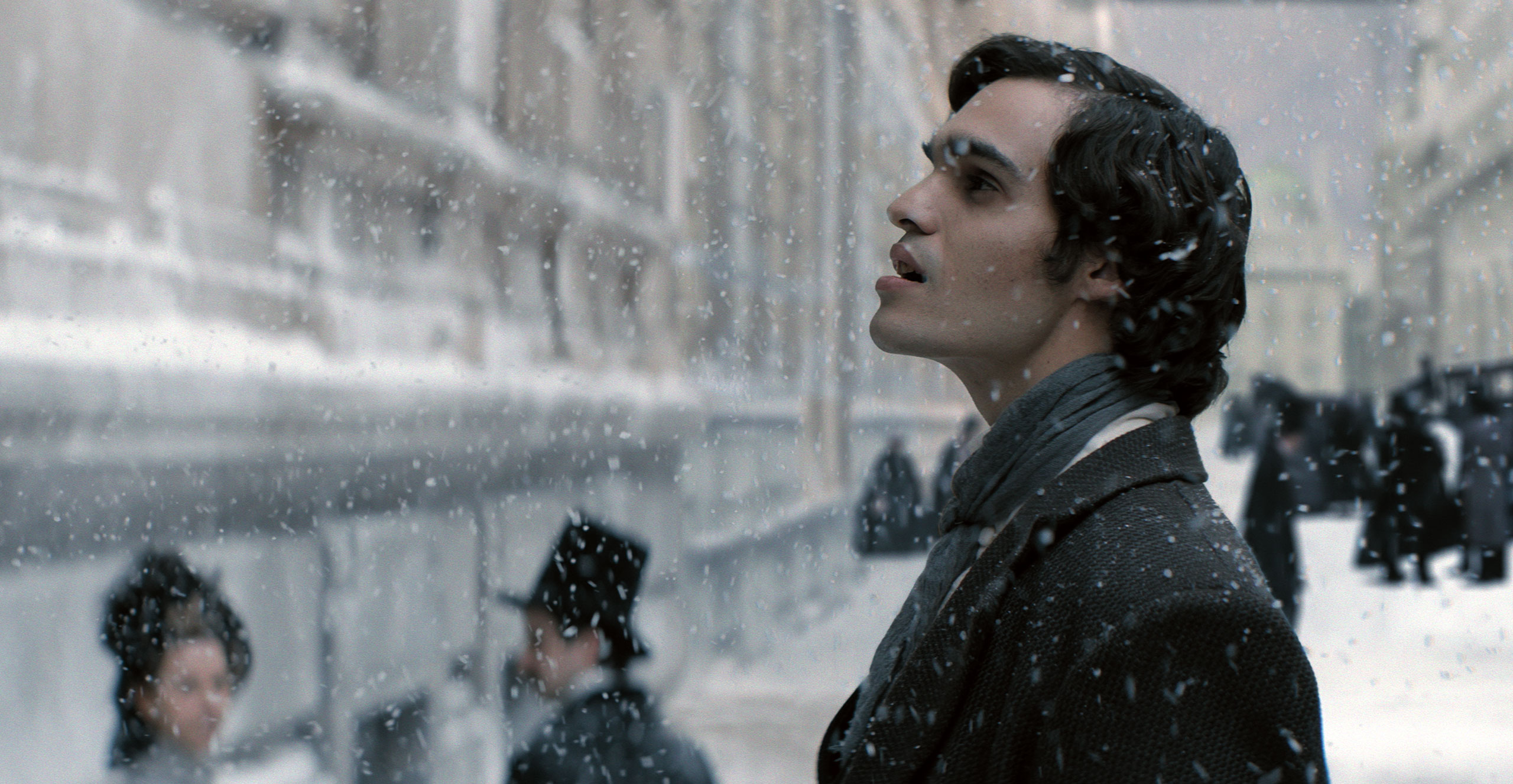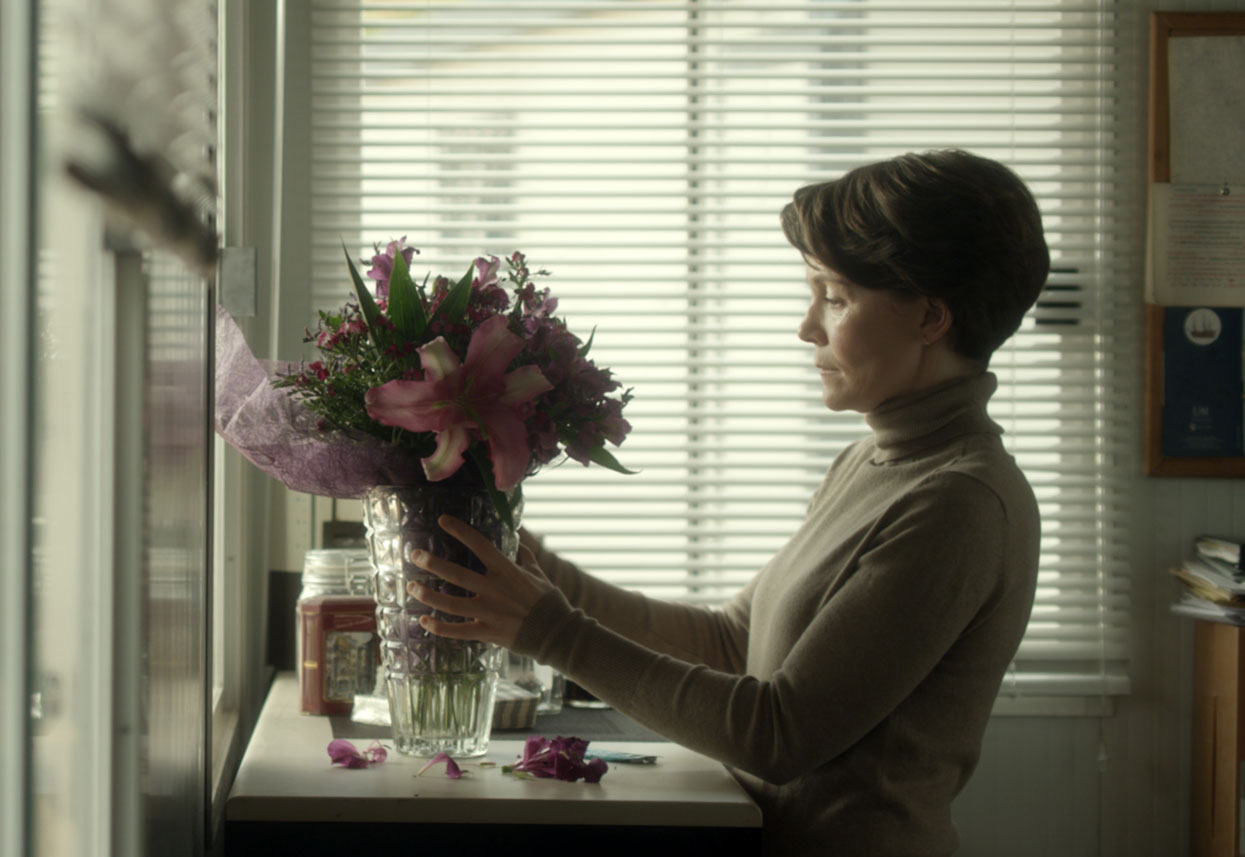Errementari (Paul Urkijo, 2018) and Amama (Asier Altuna, 2015), each with its own codes and genre, also ride the waves of tradition. Combining a dose of microcosm and universalism, they have made a place for themselves in the heart of new Basque cinema. In Errementari, Urkijo draws on a Basque folk tale from 1902, ‘Patxi Errementaria’, which in turn belongs to a compendium of European fables about devils who hunt human souls. Amama (English title: When a Tree Falls) uses the traditional Basque farmstead, or ‘caserío’, as both a metaphor and a way of life that is vanishing like a sugar cube in troubled waters. Altuna tackles issues like patriarchal society, morality and family from a symbolic lens charged with longing – and manages to take his message to every corner of the planet.
While the subject matter is wildly diverse, spanning a wide range of genres, there is, however, one thing in common in contemporary Basque film: the language. For the first time, the Basque language, Euskera, is a major player at the cinema. It is not a new phenomenon, per se, but the sporadic incursions in the first decade of the 2000s are now taken for granted.
Without another Basque film-making duo, Asier Altuna and Telmo Esnal, we probably wouldn’t be where we are today. In 2005, they achieved unexpected success with the delightful comedy Aupa Etxebeste!, which drew 70,000 spectators to the box office. The story of a family forced to spend their holidays locked inside the house instead of on the Mediterranean won over the Basque audience. ‘We thought it would work as a comedy. We watched it at the advance screening for the crew. But we didn’t know if it would run for a week or a month,’ recalled Xabier Berzosa, one of the film’s producers. ‘Much less that it would become almost a cult movie,’ added co-producer Iñaki Gómez. The challenge then was to succeed outside the Basque Country. In the first decade of 2000 other films were made in Basque, such as Kutsidazu bidea, Ixabel (Fernando Bernués and Mireia Gabilondo, 2006) and Ander (Roberto Castón, 2009). Driven by the Loreak effect and with Euskera completely standardized in Basque film productions, Asier Altuna and Telmo Esnal released their sequel, Agur Etxebeste, 14 years later.
Animation has long been fertile ground (Gartxot, Kalabaza tripontzia, Ipar haizearen erronka…) in Basque cinema. In 2018, the multifaceted Fermín Muguruza dared to make Black is Beltza, an animation movie for adults, creating a frenetic story that blends together soul music and the tumultuous revolutions of 1960s USA. Iratxe Fresneda, a filmmaker herself (director of the documentaries Irrintziaren Oihartzunak, 2016, and Lurralde hotzak, 2018), underlines the diversity of films being made in Basque and the rise of more experimental and out-of-the-ordinary projects. San Sebastian director Koldo Almandoz immediately comes to mind. After earning his stripes with short films, in 2018 his film Oreina featured in the New Directors section of the San Sebastian Film Festival. Almandoz belongs to a generation of Basque filmmakers (Telmo Esnal, Jose Mari Goenaga, Aitor Arregi, Jon Garaño) who for years have been active in the Kimuak short film programme, sponsored by the Basque Film Library and the Etxepare Basque Institute. One of its latest representatives is Maider Fernández whose film Gure hormek, co-directed with María Elorza, was nominated for a Goya in 2019 for Best Documentary Short Film.



